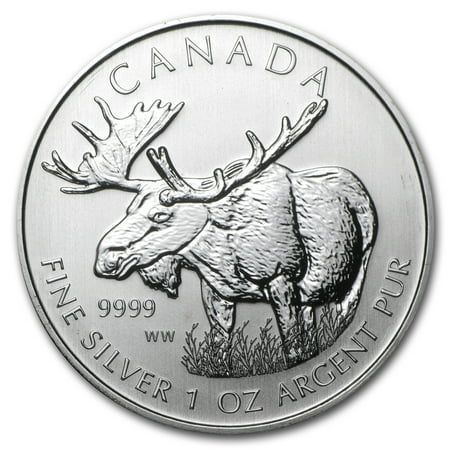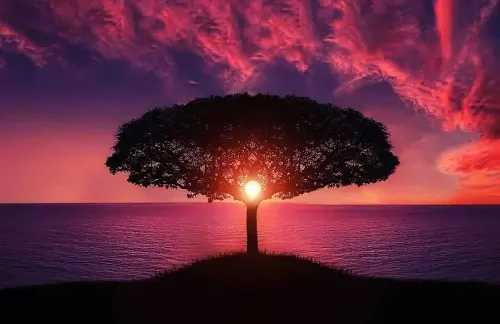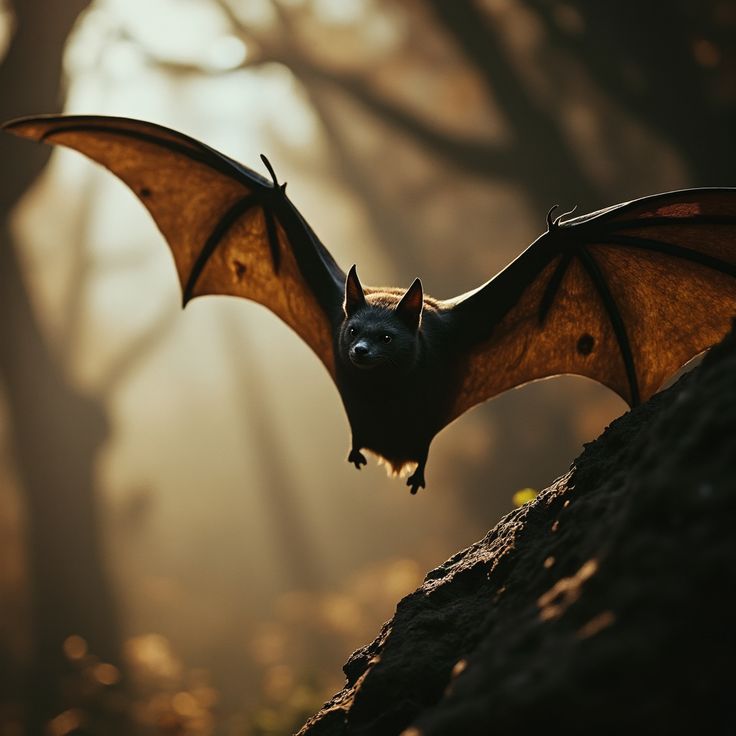Moose Animal: Giants of the Northern Wilderness
In the heart of the northern wilderness roams a majestic and imposing creature—the moose animal. As the largest member of the deer family, the moose captivates wildlife enthusiasts with its enormous size, expansive antlers, and solitary lifestyle. Found across the boreal forests of North America, Scandinavia, and parts of Asia, this animal has adapted to survive in some of the planet’s harshest climates, making it a true symbol of wild resilience.
The moose animal is a marvel of nature. With adult males (bulls) weighing over 700 kilograms (1,500 pounds) and standing more than two meters tall at the shoulder, moose are undeniably one of the giants of the animal kingdom. What sets the moose apart even further are its wide, palmate antlers, which can span up to two meters across. These antlers are unique to males and are shed and regrown annually—a process that reflects both seasonal rhythms and biological renewal.
Adaptation is key to the moose’s survival. Its long, strong legs allow it to wade through deep snow and thick marshes, while its dense fur provides vital insulation during freezing winters. In fact, the moose’s natural habitat includes snow-covered forests, boggy wetlands, and riverbanks—areas often inhospitable to most other large mammals. Despite its size, the moose is an agile swimmer and can even dive underwater to forage for aquatic plants.
Beyond its physical traits, the moose plays a vital role in its ecosystem. By feeding on shrubs, aquatic vegetation, and tree bark, the moose helps shape forest growth and wetland biodiversity. Its movements, seasonal migrations, and interactions with predators like wolves and bears also influence the behavior and distribution of many other species in the same habitats.
A northern icon and cultural symbol
The moose is not just a biological wonder—it’s also a cultural icon. Indigenous peoples in North America and northern Europe have long revered the moose, incorporating its image into folklore, spiritual traditions, and practical life as a source of food and tools. Today, countries like Canada proudly feature the moose on coins, road signs, and artwork, reinforcing its identity as a national symbol.
Yet, despite its imposing presence, the moose faces numerous modern challenges. Climate change, habitat loss, parasites like ticks, and vehicle collisions have all taken a toll on moose populations in recent years. These threats highlight the urgent need to understand, protect, and coexist with this gentle giant.
In this article, we’ll dive into the physical features of the moose animal, explore its natural range and behaviors, examine the dangers it faces, and reflect on the conservation efforts working to safeguard its future. Whether you’re a wildlife lover, an environmentalist, or simply curious about this incredible animal, the moose offers a fascinating window into the wild world of the North.
Physical Traits of the Moose
The moose animal is renowned for its massive frame and distinctive antlers. Males, known as bulls, are especially impressive, with some individuals reaching over 1,500 pounds (700 kilograms) and standing nearly seven feet (over two meters) tall at the shoulder. One of the most iconic features of the moose is its wide, flattened antlers. These can stretch up to six feet across and are used for sparring with other males during the fall mating season. Interestingly, moose shed their antlers each winter and grow a new set in spring, covered initially in a soft tissue called velvet.
Aside from their antlers, moose are equipped with long, slender legs that help them navigate deep snow and swampy terrain. Their hooves are specially adapted to act like natural snowshoes, distributing their weight over soft surfaces. They also have a long, overhanging nose and a dewlap—a piece of skin called a bell—that hangs from the throat, though its exact function is still debated among scientists. Their thick, insulating coat is another adaptation to frigid climates, protecting them from extreme cold temperatures often found in their native habitats.
Where Do Moose Live?
Moose are found primarily in the northern regions of North America, Europe, and Asia. In North America, they inhabit parts of Canada, Alaska, and the northern United States, such as Minnesota, Maine, and Montana. In Europe, they’re known as “elk” and can be found in Scandinavia and parts of Russia. Moose prefer areas with abundant vegetation and access to water—such as forests, lakeshores, wetlands, and river valleys.
These animals thrive in regions that offer a mix of forested areas for cover and open spaces for foraging. Moose are well-adapted to cold weather and are more commonly found in boreal and temperate forest zones. During the warmer months, they often seek out areas rich in aquatic vegetation. In winter, they move to lower elevations and rely on twigs and bark from trees to sustain themselves.
Behavior and Lifestyle
The moose animal is typically solitary by nature. Unlike other deer species that live in herds, moose are more often seen alone, except during mating season or when females are raising calves. Mating season, or the rut, occurs in the fall. During this time, bulls become more vocal and aggressive as they compete for females. After mating, females give birth to one or two calves in late spring.
Moose are crepuscular, meaning they are most active at dawn and dusk. They are also excellent swimmers—capable of swimming several miles without tiring and diving up to 20 feet underwater in search of aquatic plants. This ability allows them to escape predators, find food, and cool off in summer. Despite their bulk, moose are surprisingly agile and can run at speeds of up to 35 miles per hour for short distances.
What Do Moose Eat?
Moose are herbivores with a diet that varies by season. In summer, they feast on a variety of lush vegetation including water lilies, pondweed, and horsetail. They are known to wade into lakes and rivers to reach aquatic plants, using their powerful muzzles to pull food from below the surface. This aquatic foraging behavior is essential for obtaining sodium, which is often lacking in terrestrial plants.
During winter, food becomes scarcer and moose shift their diet to include woody vegetation such as twigs, branches, and the bark of trees like willow, birch, and aspen. Because their digestive systems are adapted to process fibrous plant material, they can extract sufficient nutrients from these tough sources, although they must consume large quantities to maintain their energy levels and body heat.
Threats Facing Moose Populations
Despite their formidable size and adaptations, moose face growing threats in the modern world. One of the most pressing concerns is climate change. Warmer winters have led to a rise in parasitic infestations, particularly winter ticks, which can attach by the tens of thousands to a single moose, causing significant blood loss, hair loss, and even death—especially in calves.
Habitat loss is another major issue. As forests are cleared for development, roads, and agriculture, moose are forced into smaller and more fragmented habitats. This increases their exposure to humans and vehicles. In fact, vehicle collisions are a significant cause of death for moose in many regions, particularly where roads intersect their migratory routes. Due to their size and height, collisions with moose are often fatal for both the animal and the driver.
Predation also plays a role in moose population dynamics. Wolves, bears, and cougars may prey on moose—particularly young or weak individuals. While adult moose are typically capable of defending themselves, calves are highly vulnerable during their first year of life. In areas where predators are numerous and food is scarce, calf mortality can be quite high.
Conservation Efforts and Research
Various conservation groups and wildlife agencies are actively working to protect the moose animal. Efforts include habitat preservation, installing road signs in high-traffic moose zones, and controlling parasite populations where possible. Monitoring programs track population health, migration patterns, and the impact of environmental changes on moose behavior and reproduction.
Some regions have implemented hunting regulations to balance moose populations with ecosystem health. In places where moose are declining, hunting is restricted or banned altogether. Educational campaigns also raise public awareness about moose safety and conservation, particularly in areas where human-moose encounters are frequent.
Scientific studies continue to explore the effects of environmental changes on moose, including the impact of warmer temperatures, disease, and urban expansion. These insights are crucial for creating policies and action plans that protect moose populations while supporting ecological balance.

Conclusion
The moose animal stands as a symbol of the northern wilderness—a solitary giant that embodies both power and adaptability. From its expansive antlers to its quiet grace, the moose is more than just a fascinating creature; it is a crucial part of the ecosystems it inhabits. Understanding and protecting this remarkable animal helps us appreciate the intricate balance of life in the wild, and how even the largest, most resilient creatures are vulnerable to modern threats.
In an age marked by rapid environmental changes, the challenges facing moose populations reflect the broader impact of human activity on nature. Climate change, for example, has introduced warmer winters that disrupt natural cycles and foster the spread of parasites. These parasites, particularly winter ticks, have decimated moose populations in parts of North America. As their fur thins and their health deteriorates, moose become less capable of surviving harsh conditions—leading to increased mortality, especially among calves.
Habitat loss compounds the problem. As forests are fragmented by roads, housing developments, and industry, the spaces that moose depend on for food, shelter, and breeding become increasingly scarce. Their wide-ranging movements are disrupted, and they are pushed closer to human communities—often with fatal consequences. Vehicle collisions have become an all-too-common danger for moose, resulting in the loss of countless animals and posing serious risks to drivers.
Yet, despite these challenges, there is hope. Conservation efforts around the world have shown that with the right knowledge and commitment, we can make a difference. Protected wildlife corridors, regulated hunting seasons, public education campaigns, and scientific monitoring have all contributed to stabilizing and in some cases increasing moose populations. In countries like Canada, Norway, and the United States, wildlife agencies are working diligently to track moose behavior, understand disease patterns, and ensure their habitats remain intact.
A call for awareness and action
As individuals, we may wonder what role we can play in protecting an animal like the moose. The answer begins with awareness. By learning about the moose animal—its life, its needs, and the dangers it faces—we become better stewards of the environment. Supporting conservation organizations, respecting wildlife signs and road safety measures, and reducing our ecological footprint are all simple steps that can contribute to a healthier planet for all species.
Moose are not just animals of the wild—they are indicators of ecosystem health. When moose populations thrive, it suggests that their environments are clean, balanced, and functioning as they should. When they decline, it’s often a warning sign of deeper ecological problems. Their presence, or absence, sends a message about the state of our forests, rivers, and wetlands.
Final thoughts
There’s something awe-inspiring about seeing a moose in its natural habitat—standing silently among the trees, wading through a misty lake, or disappearing into the shadows of the forest. These moments remind us of the wild beauty that still exists in the world and the importance of preserving it. The moose is not a relic of the past but a living emblem of nature’s strength and fragility.
By protecting the moose, we are also protecting something greater: the idea that we can coexist with nature without destroying it. We’re acknowledging that wild places matter, not only for animals but for our own well-being. The future of the moose depends on the choices we make today. Let those choices be guided by respect, responsibility, and a deep appreciation for the incredible world we share.
For more insights on the moose animal and conservation efforts, visit the National Geographic moose page.







